What is Google AI Mode? New AI Features in Google Search
Explore Google AI Mode: a powerful AI search experience within Google Search. Discover new AI features and how they enhance the search process.
Author: Umar Syed
Explore Google AI Mode: a powerful AI search experience within Google Search. Discover new AI features and how they enhance the search process.
Author: Umar Syed
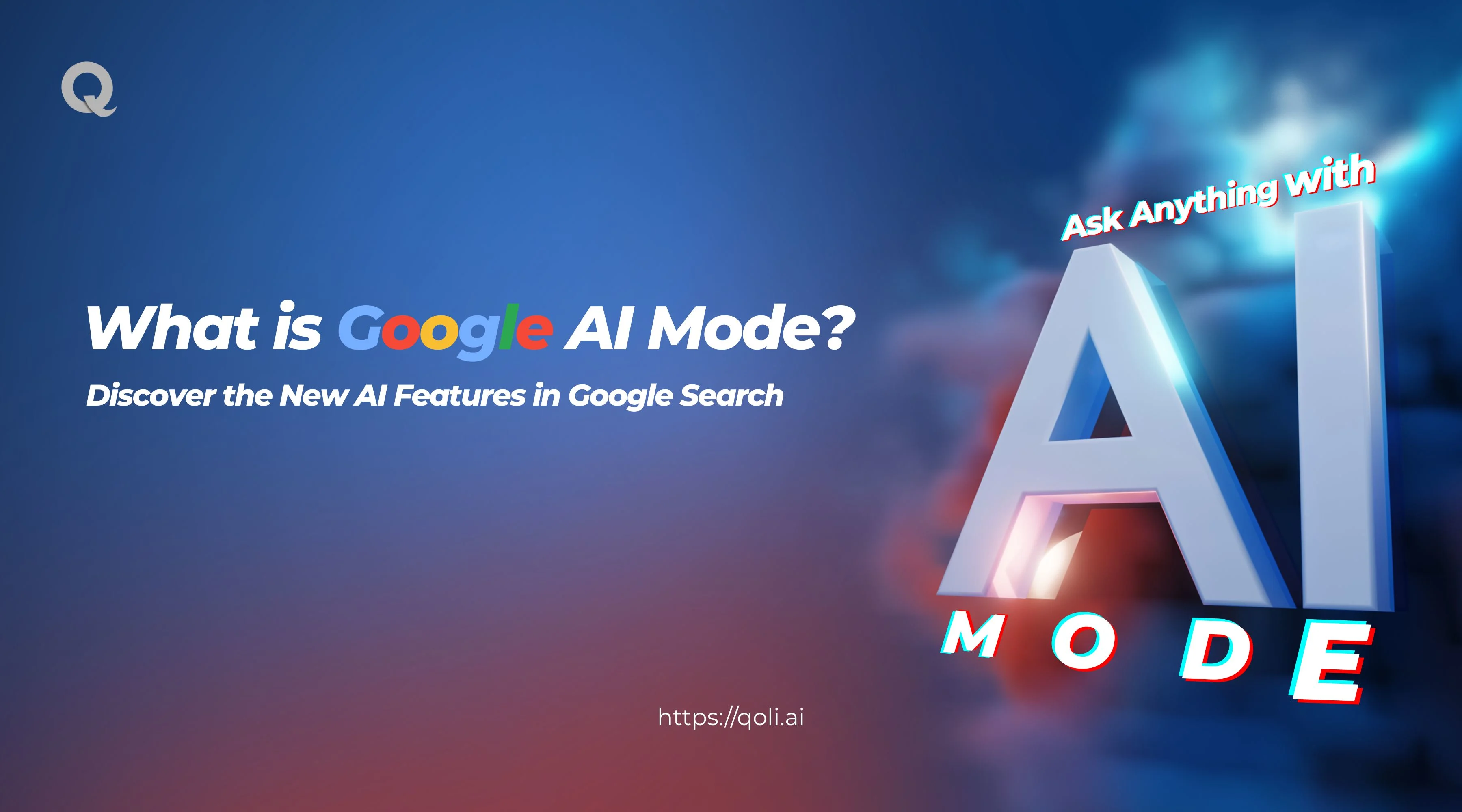
When you first hear the term “Google AI Mode,” you'll probably feel like it's just another update from Google. That’s what I thought too. But after using it almost every day, whether to plan a quick weekend trip or look up something confusing for work, things started to feel a little bit different. A good kind of different.
You know when you're trying to figure something out and suddenly your browser has a dozen tabs open, each one giving you a different answer? That whole mess? It's completely gone now. Google’s new mode doesn’t just throw links at you anymore. It actually tries to help. AI mode listens, understands, and replies like someone who understands what you're looking for.
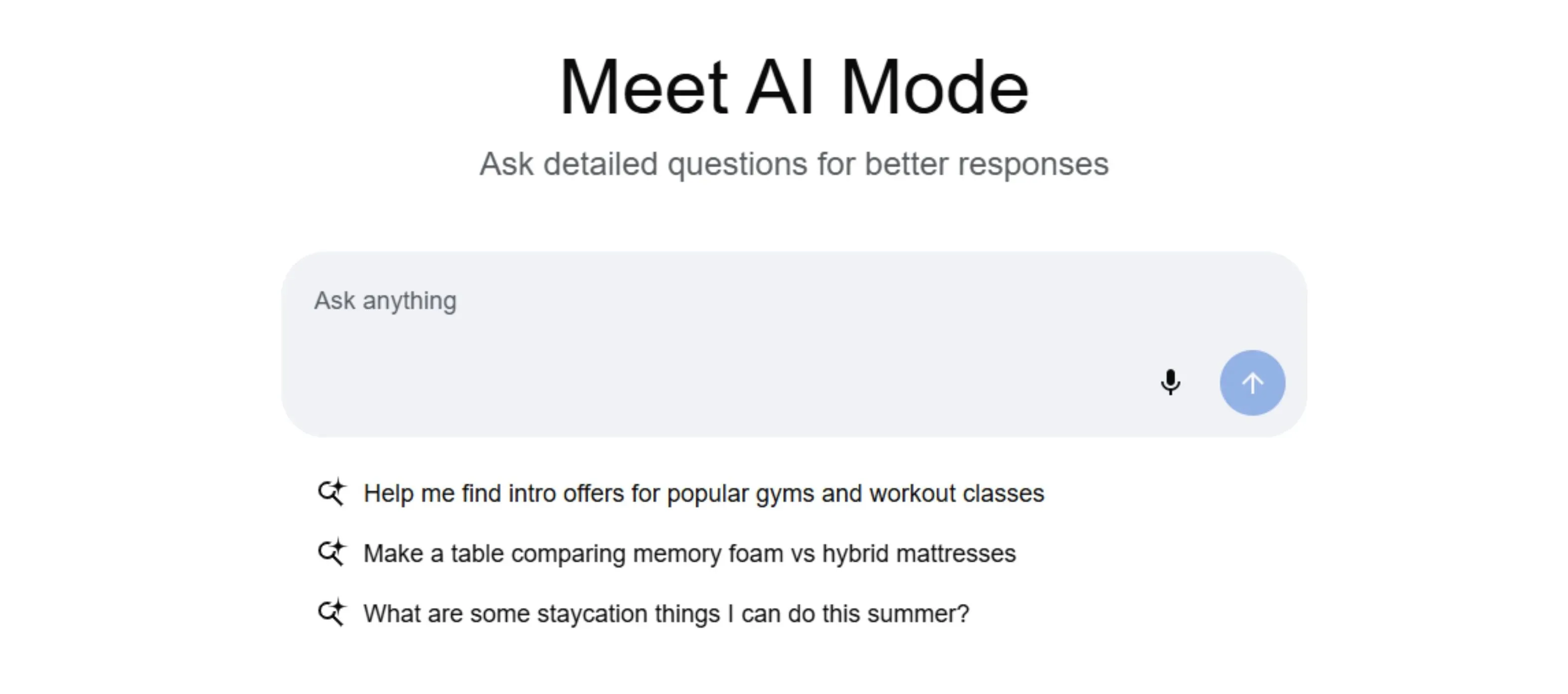
Google AI Mode is like Google Search, but way smarter and more helpful. Instead of just finding pages that match your words or search generative experience, it tries to understand what you really mean and gives you answers that feel personal.
So instead of typing “best restaurants in Mumbai” and clicking through ten different blogs, you can ask something like:
“I’m visiting Mumbai next week with a vegetarian friend who loves paneer. We want a nice spot for a birthday dinner. Our budget is 15K for both. Any suggestions?”
And it actually gets it.
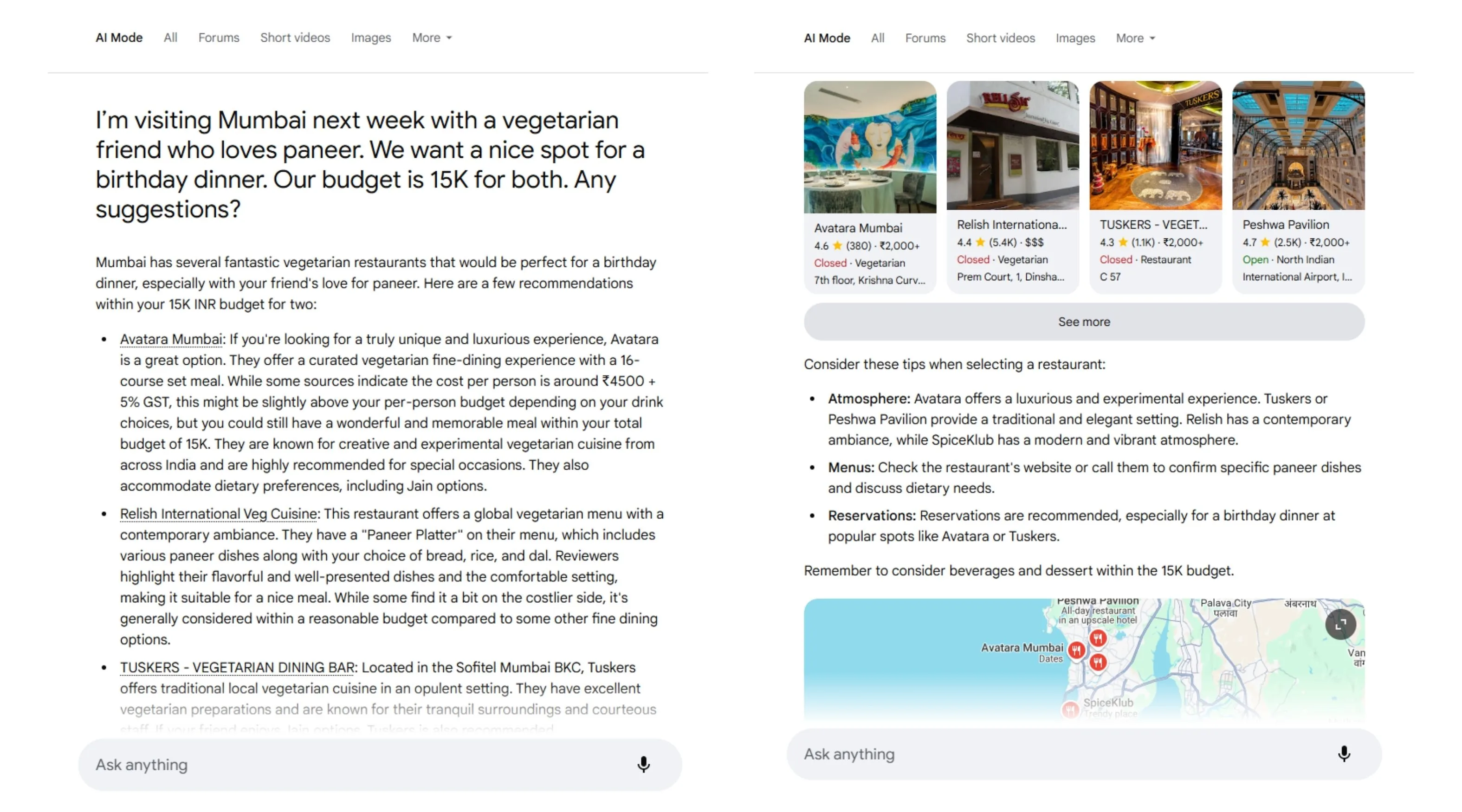
It doesn’t just hear “restaurants” or “Mumbai” it picks up on everything: the celebration, food preference, your budget, and the kind of vibe you're looking for. And then it gives you ideas that fit all of that. It feels like asking a friend who knows the city inside out, not just another search engine.
| Metric | Traditional Search | AI Mode |
|---|---|---|
| Average Query Length | 3-4 words | 8-12 words |
| User Engagement Time | 2-3 minutes | 5-8 minutes |
| Ask Follow-up Questions | Rare | 67% of sessions |
| User Satisfaction | Baseline | 25% higher |
After using Google’s new AI Mode for a while, I’ve got to say, it doesn’t feel like using Google anymore. It feels more like asking someone smart for help and actually getting an answer.
Here’s what I’ve noticed when I use it.
The system doesn’t just look at your keywords, AI mode tries to understand what you really want. For example, when I asked about a course plan advice, it didn’t give me a generic AI response. Instead, it understood that I was looking for specific guidance tailored to my personal situation, much like how data annotation services enhance AI's ability to interpret and understand complex queries with precision.
This part is where things get interesting. Instead of just answering one question, AI Mode splits it up into smaller parts and goes after them all at once. So, let’s say you ask, “What’s the best laptop for video editing?” It’s not just searching for a random answer. The system might run multiple parallel web searches to figure out things like
Now, here’s where it gets really impressive. Instead of just listing a bunch of web links, AI Mode combines all the findings, analyzes them, spots any contradictions, and then synthesizes everything into one response that actually fits what you need.
AI Mode remembers everything you talked about. So when I followed up with “What about if I’m on a tight budget?” it didn’t make me start over. It already knew we were talking about video editing laptops, so it adjusted its advice to fit that new search question.
Think of AI Overview as Google’s way of bringing a bit of AI help right into the regular search results. Unlike the full chat-style experience you get with AI Mode, these overviews give you a quick, handy search experience right on the page.
Most of the time, like 88%, AI overviews show up for questions where people just want some basic info. The goal is to save you time by giving clear answers fast, so you don’t have to jump around a bunch of websites to find what you need.
| Feature | AI Overviews | AI Mode |
|---|---|---|
| Location | Regular search results | Dedicated tab |
| Interaction | Static summary | Full conversation |
| Follow-ups | Not supported | Unlimited |
| Complexity | Simple queries | Complex, multi-part questions |
| Personalization | Limited | Highly personalized |
Important Note: AI Overviews now show up in almost 19% of Google searches in the US. So even if you’re not using anything labeled “AI,” you’re still likely seeing these summaries as part of your regular search.
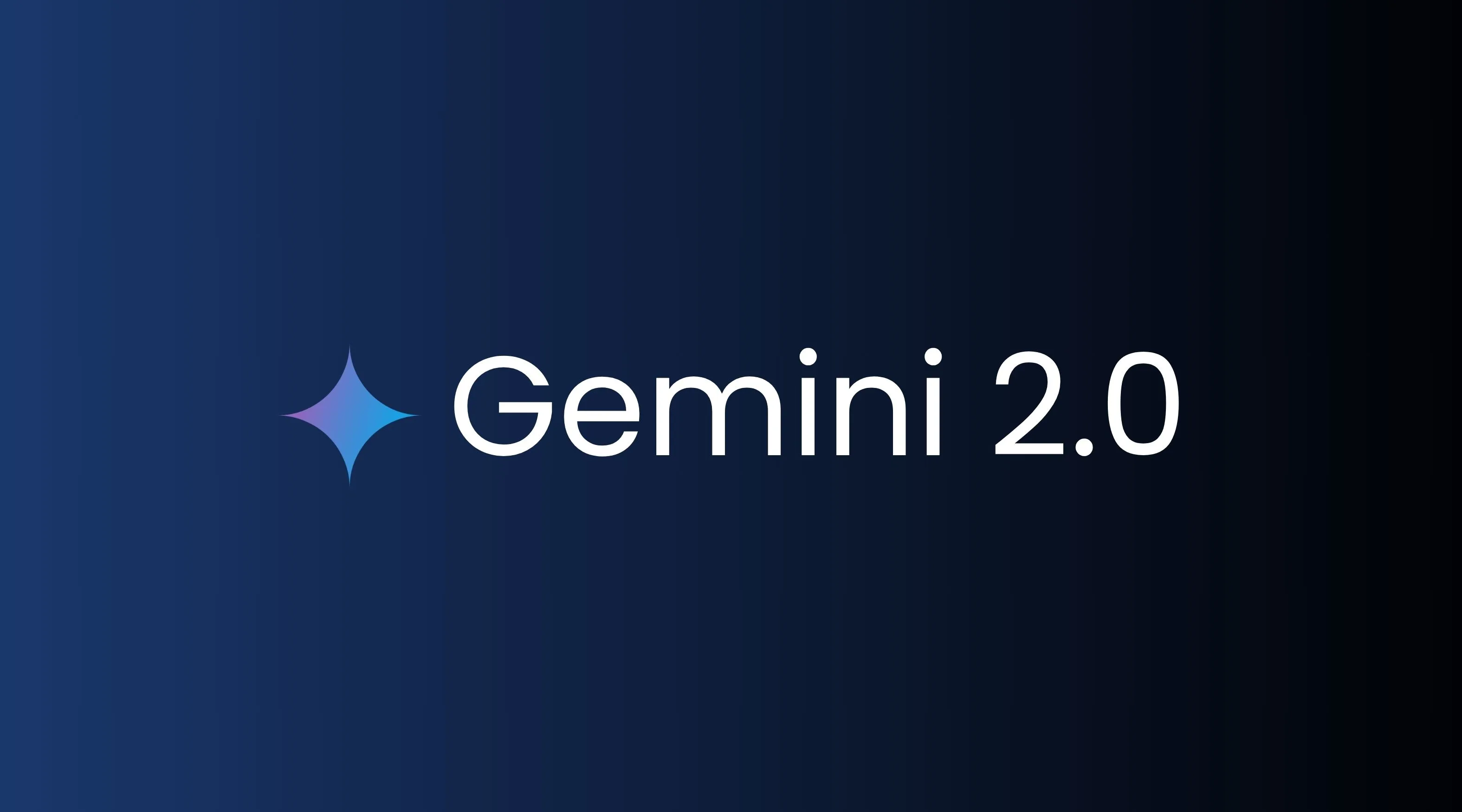
Google’s new AI mode, also the custom version of Gemini 2.0 update is quietly shaking things up (in a good way). It powers the search results pages where you can ask more detailed, layered questions and actually get useful answers that make sense.
So what’s different?
First, it thinks better. The generative AI behind it now understands your questions with more depth. It can pick up on context, subtle details, and what you're really trying to ask, even if your wording isn’t perfect. Its factuality is key, giving you responses grounded in real, verified information.
Then there's the multimodal thing, which just means it’s better at handling not just words, but pictures, charts, screenshots, anything visual. You can drop an image into your question, and it won’t just stare blankly. It’ll actually use it to give you a more complete, helpful answer.
And you’ll notice it’s quicker, too. Gemini 2.0 is built to handle more complicated tasks without slowing down or glitching out. So whether you're researching a big decision or troubleshooting something specific, it just works and fast.
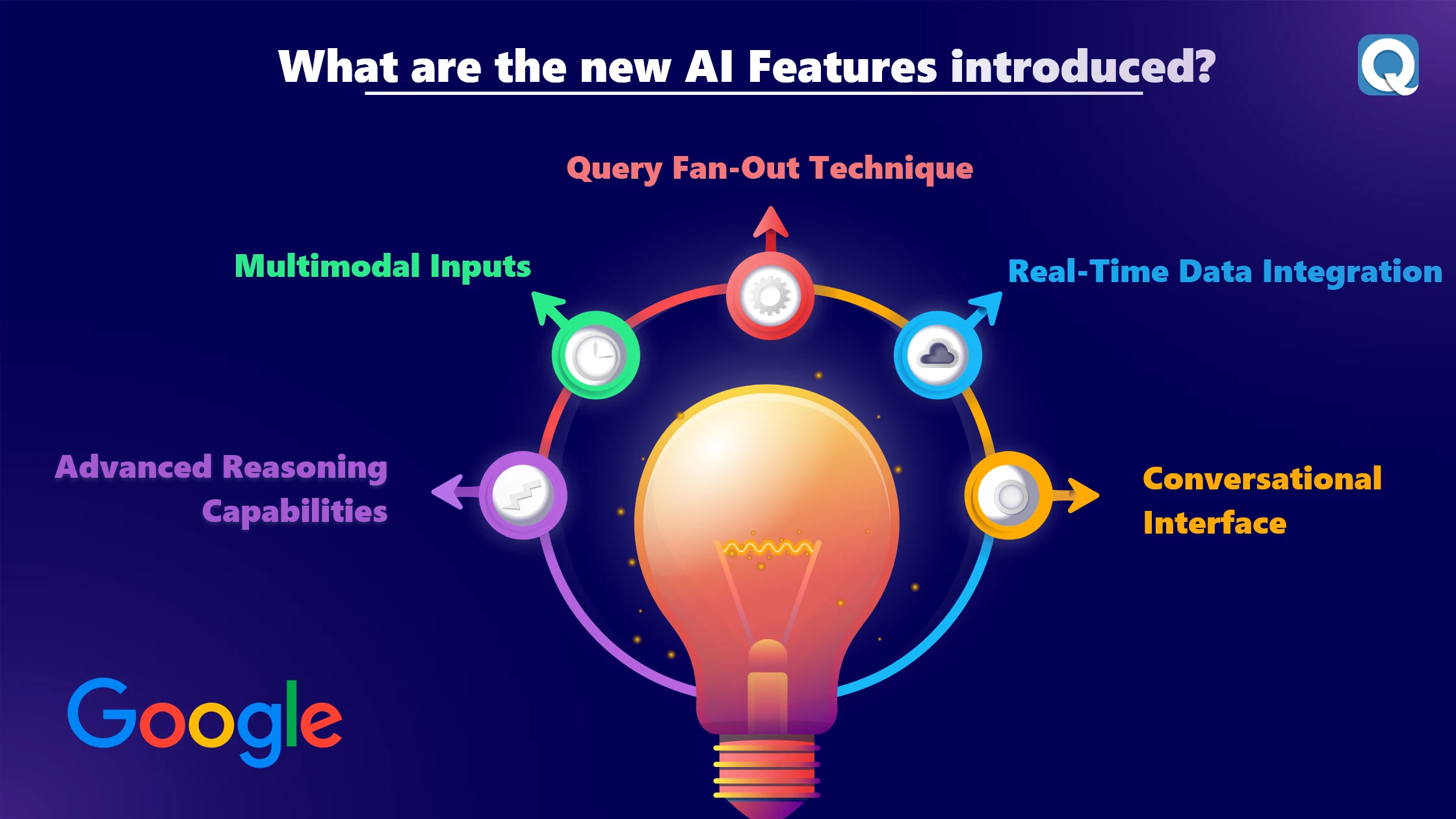
Remember those frustrating moments when you asked Google a complex question and got a list of barely relevant links? Google's AI Mode uses what they internally call "advanced reasoning capabilities" that work completely differently from traditional search.
Think about it this way - when you ask something like "Should I refinance my mortgage right now?", traditional Google gives you a bunch of articles about refinancing. AI Mode? It considers current interest rates, your likely mortgage situation, market trends, and economic factors all at once. Then it gives you one comprehensive answer instead of making you dig through ten different websites.
The reasoning part is where things get interesting. Instead of just grabbing the first relevant information it finds, AI Mode weighs different factors against each other. It's like having that one friend who's really good at research - they don't just tell you what they found, they tell you what it means and how it all connects.
You can ask complex, messy questions at it now. The kind of questions you'd normally have to break down into five separate searches. "What's the best programming language to learn if I want to switch careers from marketing to tech, considering I have zero coding experience but I'm good with data?" That's the kind of stuff AI Mode can actually handle properly.
Google's reasoning connects real-time medical research with your specific situation. Ask ChatGPT the same question, and you'll get general advice. Google's AI Mode pulls from current studies, cross-references with demographic data, and even factors in recent health policy changes.
One thing that really impressed me is how well it handles both words and images at the same time. You don’t have to choose one or the other. You can finally show Google what you're talking about instead of trying to describe it with words.
Upload a photo and ask questions about it. Sounds simple, right? But here's the thing - it doesn't just identify what's in your picture. It understands context. You take a photo of your messy garden and ask "How do I fix this?", and it sees your specific plants, lighting conditions, soil situation, everything that's actually relevant to your garden.
Same goes for documents. Upload your lease agreement and ask "What are the important parts I should pay attention to?" Instead of getting generic lease advice, you get specific insights about your actual contract.
When you upload an image, the AI looks at everything in that image that might be relevant to your question. Background details, lighting, spatial relationships - all the things you might not even think to mention in your question.
Here's what's actually possible now:
The processing happens fast too. No sitting around for thirty seconds while it "analyzes" your image. You upload, you ask, you get an answer.
When you ask one question, Google's AI doesn't just look for one answer. It automatically figures out all the related questions you probably should be asking and researches those too.
It's like having a research assistant who's really good at anticipating what you need. You ask about starting a small business, and behind the scenes, it's simultaneously looking into licensing requirements, tax implications, funding options, market research, legal structures - all the stuff you'd eventually need to research anyway.
And here’s something interesting. Since Google added these powerful AI search ranking features, search activity has gone way up. According to BrightEdge, total search impressions jumped by over 49 percent. That means more people are asking more questions, and not just simple ones, but deeper stuff too. So it’s clear that this way of searching is really catching on.
Instead of spending hours going down research rabbit holes, you get comprehensive coverage right away. The AI does that exploratory research phase for you - the part where you're not even sure what questions you should be asking yet.
AI mode is particularly helpful for decisions you've never had to make before. First-time home buying, career changes, major purchases - situations where you don't know what you don't know. The fan-out technique helps fill in those knowledge gaps automatically.
What this means for you:
Finally, search engine results pages that aren't six months old. AI Mode pulls live information when it matters and knows when historical data is more appropriate.
Ask about stock prices? You get current market data. Ask about historical events? You get established facts, not whatever random news article happens to mention those events. The AI has developed temporal intelligence - it knows what should be current versus what can be historical.
This is huge for anything time-sensitive. Market information, current events, weather, travel conditions - all the stuff where outdated information is worse than no information.
The real-time integration isn't just about having current data. It's about contextual freshness. The AI understands which parts of your question need up-to-the-minute information and which parts can rely on established knowledge.
You're also getting custom visualizations now, especially for financial data. Ask about stock comparisons and you might get a AI-generated chat specifically for your question using current data. Not some generic chart from a random website, but one created just for what you asked.
Current AI capabilities include:
You can actually have a conversation with Google now instead of starting fresh with every search.
The AI remembers what you've been talking about. Ask about learning piano, then follow up with "What if I only have 30 minutes a day?" - it knows you're still talking about piano practice, not asking a random question about 30-minute activities.
This context memory means you can explore topics naturally. Start broad, get specific, change direction, ask for clarification - all the things you'd do in a real conversation with someone knowledgeable.
The AI tracks not just what you said, but where you are in your decision-making process. Early research phase? It gives you broad overviews. Ready to make a decision? It focuses on specific, actionable information.
You can build up complexity over multiple questions too. Start with basic information, then layer on your specific circumstances, then get into detailed implementation. Each response builds on what came before.
How conversations actually work:
Here's the thing nobody wants to admit - if you're not in the US, you can't use any of this yet. Google rolled out AI Mode to all American users, but the rest of the world is still waiting.
This creates a weird situation where there's this whole new way of searching that half the world can't access. Americans are already changing how they interact with information, while everyone else is stuck with traditional keyword search.
No official timeline for international rollout either but Google plans to make this AI available soon in all regions globally.
Yes, you can access AI Mode, though availability varies by location and account type. Here's the current status and how to get access:
Current Availability
How to Enable AI Mode (US Region)
Access Requirements
AI Mode is available in the Google app with a dedicated shortcut in the search bar. The mobile experience is optimized for conversational interactions and includes voice input capabilities.
Getting the exact answers from AI Mode requires a slight change in how you approach search queries. Instead of thinking in keywords, start thinking in complete questions and scenarios. The system works best when you provide context and specify what kind of answer you're seeking.
C - Context: Always provide background about your situation
L - Level: Specify your expertise level
E - Expectations: Be clear about what type of response you want
A - Assumptions: State any constraints or requirements
R - Refinement: Use follow-up questions to dig deeper
❌ Poor: "How to invest money?"
✅ Good: "I'm 28 years old with $15,000 to invest, stable income, and want to buy a house in 5 years. What investment strategy balances growth with the security I'll need for a down payment?"
❌ Poor: "Best laptop?"
✅ Good: "I'm a graphic designer who works primarily in Adobe Creative Suite, travels frequently, and has a budget of $2,000-2,500. What laptop would give me the best performance for my workflow while being portable enough for regular travel?"
Having used both extensively, the differences are dramatic and fundamental. Here's my honest comparison based on daily experience:
| Aspect | Traditional Search | AI Mode |
|---|---|---|
| Source Variety | High (many helpful links) | Curated synthesis |
| Information Depth | Varies by source | Consistently comprehensive |
| Relevance | Keyword-dependent | Context-aware |
| Actionability | Requires interpretation | Directly actionable |
| Personalization | Generic results | Tailored responses |
20-30 minutes to read multiple sources and synthesize insights
3-5 minutes for initial response plus follow-ups
Last chance! Get 30% off all Qoli features before this limited-time deal disappears forever.
Searching online is about to get a whole lot smarter. Google’s AI Mode isn’t just about throwing AI-powered response with links at you, it actually understands your question and gives you direct, useful answers. Think of it as having a knowledgeable assistant guiding you through the information you need. It’s built to reason through complex topics, handle different types of media, and offer responses that feel more natural. While it’s still rolling out, one thing is clear: this feature is set to change the way we find and interact with information. Whether you’re making big decisions or just need a quick answer, AI Mode is here to help faster and smarter.